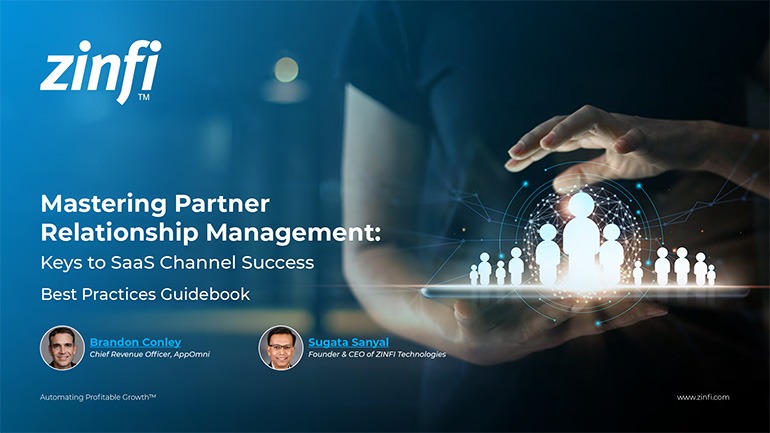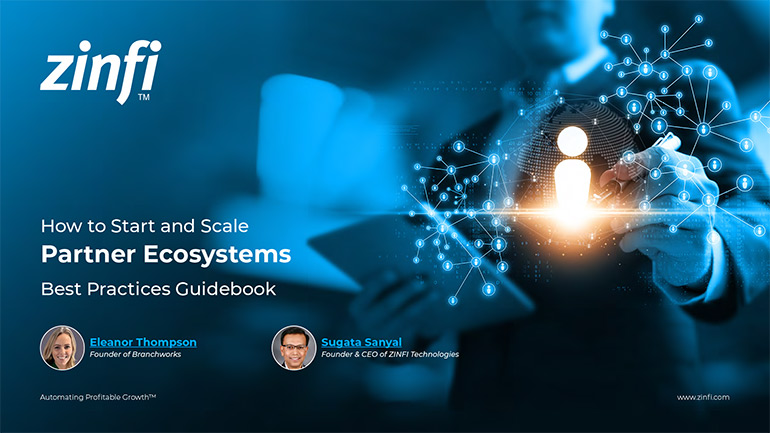Eleanor begins by addressing the importance of creating an Ideal Partner Profile (IPP) that aligns with a company's core customer base and long-term business goals. She emphasizes that companies must identify potential partners who complement their offerings and can grow alongside them. Companies can pinpoint partners who can genuinely support and expand their reach by aligning the IPP with an existing Ideal Customer Profile (ICP).
Eleanor advises early-stage companies to take customer feedback seriously in the IPP creation process. Engaging customers for insights on whom they trust or already work with can reveal partnership opportunities within a company's existing ecosystem. This approach helps businesses to connect with partners who may already share a mutual customer base, allowing for a smoother integration.
In addition, she encourages leaders to analyze the strengths, weaknesses, and target market segments of prospective partners. This analysis should form the basis of an IPP that defines the right partner attributes and emphasizes long-term alliance. Eleanor believes that companies who invest time aligning their IPP with their ICP can better ensure partnerships that add value over time. As Eleanor explains, refining this partner selection process can prevent wasted resources and enable companies to avoid incompatible or poorly suited partnerships down the line.















